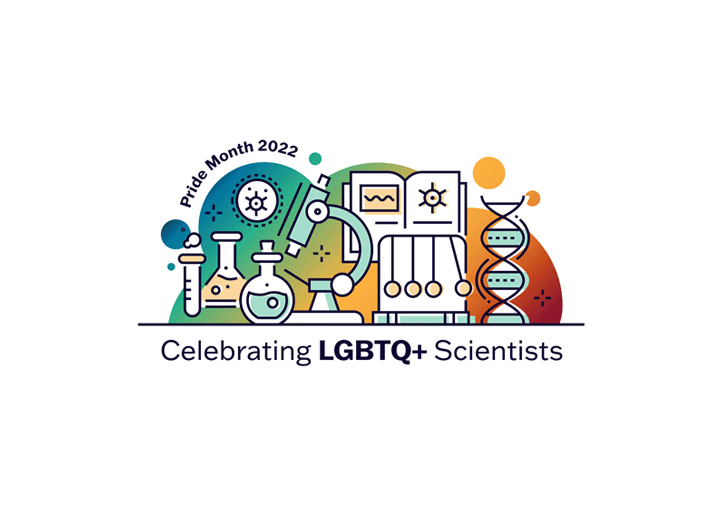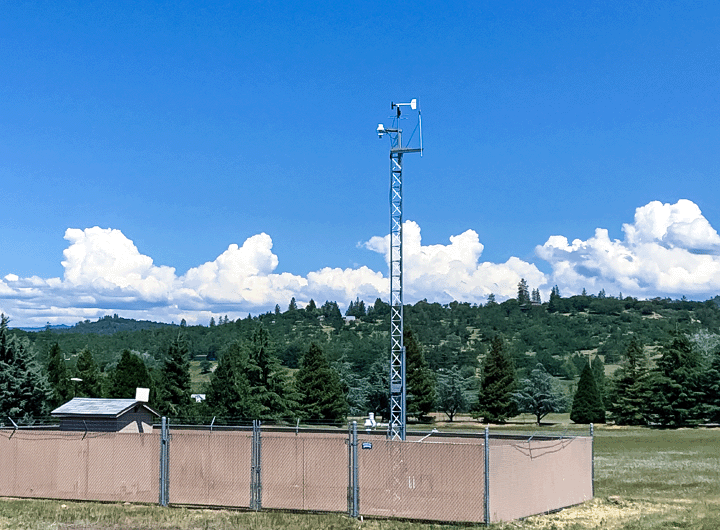Culture
Celebrating Pride Month with LGBTQ+ Leaders in Science and Technology

In honor of Pride Month, MFA is recognizing influential LGBTQ+ leaders in the sciences. Explore the biographies and resources we’ve gathered to learn more about the life and work of these four incredible people.
Rachel Carson
American marine biologist and author of Silent Spring
Did you know that the U.S. Environmental Protection Agency (EPA) banned the insecticide dichloro-diphenyl-trichloroethane (DDT) because of a scientist who was also queer? Rachel Carson started her career with the U.S. Bureau of Fisheries with a radio series called “Romance Under the Waters” about marine life. Passionate about her subject, Carson wrote booklets for the U.S. Fish and Wildlife Service about marine ecosystems and fish as wildlife and sources of food, vital for a nation under strict rationing in World War II. With the publication of Silent Spring in 1962, Carson galvanized a generation with descriptions of how DDT enters the food chain and harms living things—from apple blossoms to robins’ eggs to children.
Carson was publicly silent about her relationship with another woman, Dorothy Freeman. Living at a time when homosexuality was illegal and wanting to keep the focus on her advocacy around the environment, Carson was tight-lipped about the love of her life and burned her letters with Freeman before Carson’s death in 1964. Though other voices have joined and amplified Carson’s in the decades since Silent Spring, fewer have celebrated her as a queer woman who changed the course of environmental awareness across the globe.
- Read a stirring 2018 tribute to Carson at the Defenders of Wildlife page Wild Without End.
- Steep yourself in Carson’s booklets about marine biology at the US Fish and Wildlife Services archive.
- Watch Rachel Carson: Voice of Nature, a documentary by the Public Broadcasting Service about how she woke to her passion for the environment.
Reyn Yoshioka
American marine disease ecologist
“Queer folks are people, and parasites are living things, too,” is one of marine disease ecologist Reyn Yoshioka’s thoughts on marine parasites, diversity, and the idea that “understanding can lead to appreciation.” Yoshioka is a PhD candidate at the University of Oregon Institute of Marine Biology studying marine invertebrates, diseases, and yes, parasites. His research focuses on how parasites and disease change their hosts. In a study of parasite Sylon hippolytes feeding on the body of a host shrimp, Yoshioka delves into bigger questions of identity, such as, “Is an infected shrimp still a shrimp?” He also studied the 2013 epidemic of sea star wasting in the Pacific Northwest and the effects of sewage runoff on reefs ringing the Big Island of Hawai’i. Yoshioka is a photographer who publishes arresting images of ghostly, glowing, and neon-tinted marine invertebrates that live under the waters off the coasts of Oregon, Washington, and Maine.
Yoshioka is featured on the page 500 Queer Scientists, a visibility campaign for LGBTQ+ people working in science, technology, engineering, and mathematics, and he creates content at his website, The Red Shrimp.
- Read about more LGBTQ+ scientists at 500 Queer Scientists.
- Dive into Yoshioka’s research and photos at The Red Shrimp.
Ben Barres
American neurobiologist and advocate for gender equity in science
Ben Barres tackled the big questions in science and in life. Barres, a professor of neurobiology at Stanford University, led groundbreaking discoveries about glial cells in the brain. Barres also transitioned from his birth-assigned gender during a time when few others felt the freedom to do so. From the age of six, young Barres knew he wanted to study science and yearned to play with trucks and join the Cub Scouts. Prior to his transition, his intellect and drive led to admission at the Massachusetts Institute of Technology (MIT) in the 1970s at a time when the institute was predominantly attended by cisgender males. After MIT, Barres pursued medicine at Dartmouth and neuroscience at Harvard. Through Barres’s research, scientists now have a better understanding of the glia, cells previously thought to be passive bystanders in brain development. Often asking “What does it mean?” Barres discovered that glial cells support the myelin sheaths that cover nerves and influence development of synapses-—the sparks that drive human cognition.
Barres points to his transition at age 40 for his outspokenness on the subject of gender equity. He loved to tell the story of a paper he gave soon after transitioning to Ben. One of his peers opined “Ben Barres gave a great seminar today, but then his work is much better than his sister’s.” Transitioning opened Barres’s eyes to the uphill battle he had faced for decades when appearing as a woman. Midway through scientific talks, Barres would spend up to ten minutes educating his audience about gender equality and the sexual harassment suffered by many professional women.
Barres possessed a wide-ranging intellect and published papers on not only glial cell function but also the roles and requirements of mentors in academia. He was much respected; many publications and scientific journals published tributes to Barres as, not just one of the first openly transgender scientists in the U.S., but also a leading thinker about our human condition.
- Read one of many obituaries that describe Barres as a major intellect and opinionated individual.
- Listen to one of Barres’s stirring and heartfelt talks on women in science.
- See a 3-D printed model of Ben Barres’s brain and learn about the role of glial cells.
Alan Turing
British computer scientist, mathematician, and cryptographer
The father of modern computer science was gay. In the 1930s, Alan Turing, genius, mathematician, and cryptographer, envisioned a machine that ran on electricity and used logical instructions to solve problems and perform operations—a programmable computer. During World War II, Turing designed a machine that automated tens of thousands of operations for decrypting coded enemy messages, shrinking the time needed from hours to minutes.
After the war, Turing designed an Automatic Computing Machine, the precursor to the modern computer. He was a contributor to the development of ELIZA, an early program enabling computer-human interaction and the great grandmother to Siri and Alexa. For several decades, the Turing test was the best evaluation of whether a computer could seem to think—that is, respond in a natural way to the twists and turns of conversation.
Turing has been showered with posthumous honors, including being named as one of TIME magazine’s 100 Most Important People of the 20th century, which said, “The fact remains that everyone who taps at a keyboard, opening a spreadsheet or a word-processing program, is working on an incarnation of a Turing machine.” In 2013, Queen Elizabeth granted Turing a pardon, and in 2016, the British government passed a sweeping law posthumously pardoning gays and bisexuals and automatically pardoning the living convicted of homosexuality crimes that have since been wiped from the law books. In life, Turing gave us computers, in death, Turing helped bring about greater equity and understanding of the diversity of our LGBTQ+ communities.
- Read a New York Times 2018 obituary honoring Turing.
- Watch the trailer for The Imitation Game, the movie that tells the story of Turing’s code-breaking invention.
- See pictures from Turing’s life at the website of Turing’s alma mater, King’s College Cambridge.
- Learn more about code-breaking, including the story of 273 women who operated the world’s first digital computer there and how code-breakers think.



